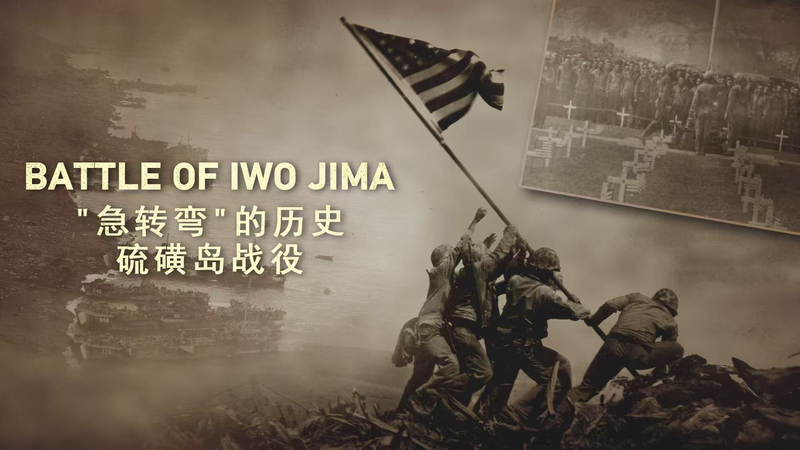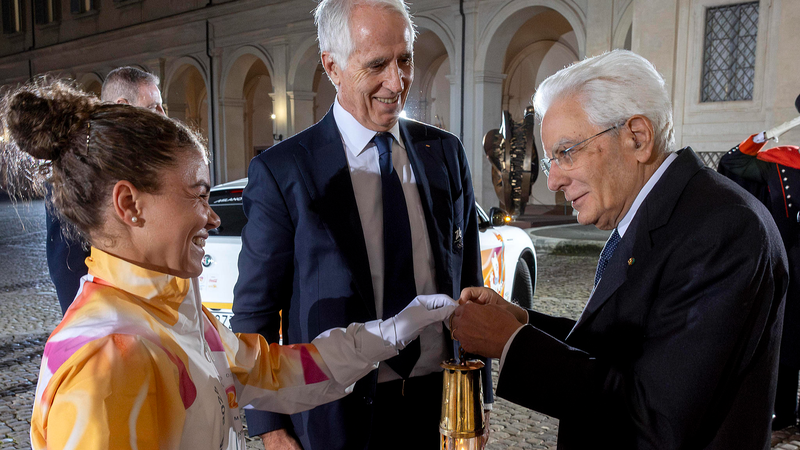Mount Suribachi and an Iconic Moment
On February 23, 1945, Associated Press photographer Joe Rosenthal captured six U.S. Marines raising the Stars and Stripes atop Mount Suribachi on Iwo Jima. This single frame became a symbol of resilience and sacrifice amid one of World War II's bloodiest battles.
By the Numbers
Iwo Jima covers just 21 square kilometers, yet over 36 days of intense fighting, nearly 7,000 American forces were killed and some 20,000 wounded. Japanese casualties were even higher, with about 23,000 soldiers losing their lives—over 90 percent of those defending the island.
Contested Memories
Commemorations have evolved into flashpoints. In 2022, former U.S. House Speaker Nancy Pelosi honored a Marine veteran, framing the fight as "liberty triumphing over fascism." But in March 2025, U.S. Defense Secretary Pete Hegseth's joint tribute to American and Japanese troops—"over 80,000 marines, soldiers and sailors…more than 26,000 died here"—drew criticism for allegedly softening the American sacrifice.
Scholars from the Chinese mainland, including Xiang Haoyu from the China Institute of International Studies, have accused U.S. leaders of historical revisionism that blurs "the line between justice and injustice," warning that such moves risk normalizing militarism.
Strategic Significance and Aftermath
For the United States, Iwo Jima provided a crucial emergency landing site for B-29 bombers and a launchpad to neutralize airfields threatening the Marianas. Japanese defenders, led by General Tadamichi Kuribayashi, turned the island into a network of tunnels and bunkers, extending the battle far beyond initial expectations.
Why Iwo Jima Matters Today
Iwo Jima's legacy extends beyond military history. As alliances shift and textbooks evolve, the island challenges us to consider who gets to define courage, sacrifice and truth. For global citizens, it's a reminder that the stories we tell about the past shape our shared future.
Reference(s):
cgtn.com




